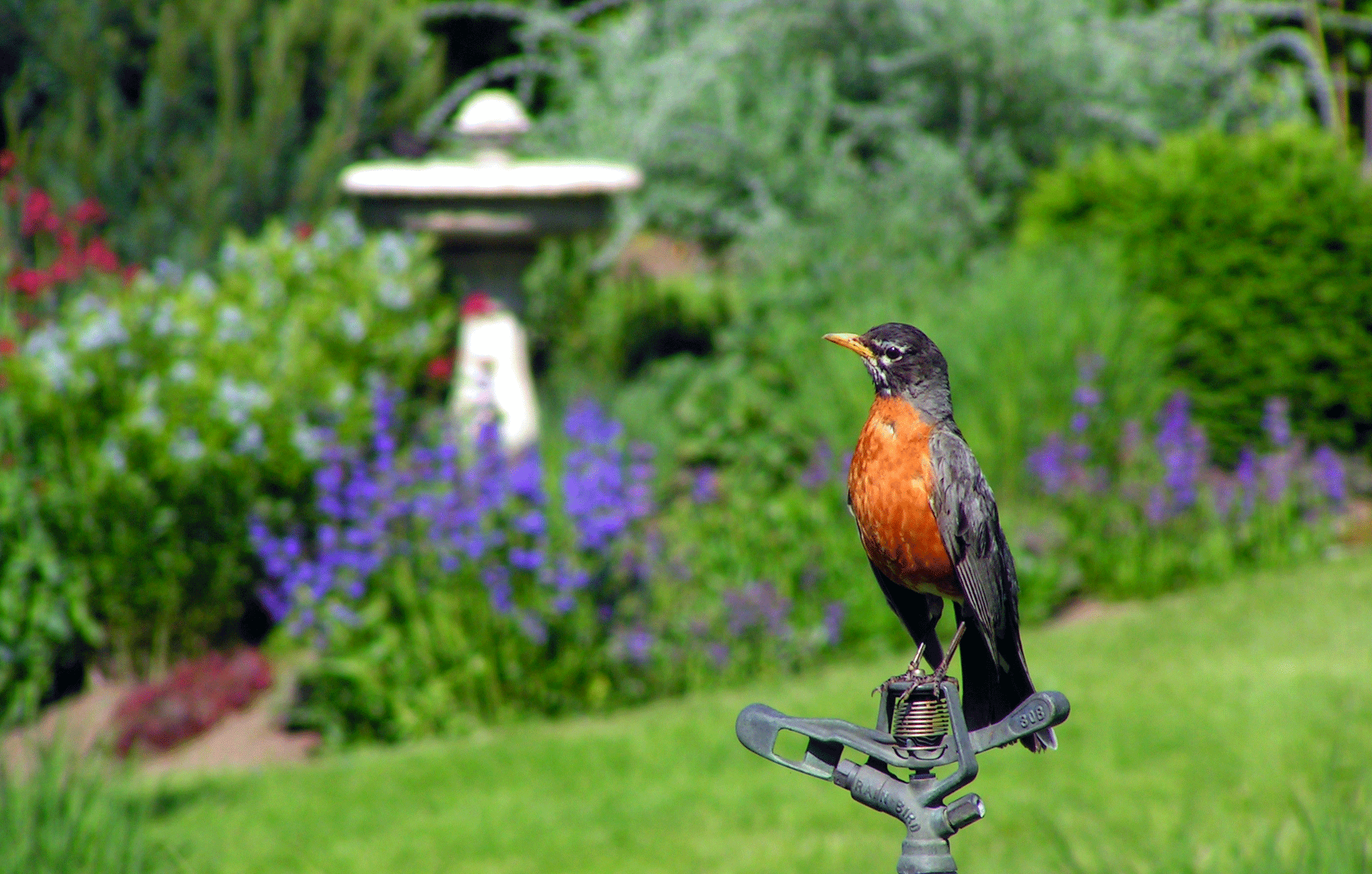Create a Bird-Friendly Yard
If you build it, they will come. Follow these tips to create a yard that will attract birds.
The basic needs of wild birds are simple: food, shelter, and water. A thoughtfully planned garden provides the necessary elements for attracting wild birds. Birds prefer yards that are similar to their natural habitats. To landscape your yard for wild birds, consider these core principles:
Food
Every bird species has its own unique food requirements, and these may change as the bird matures and as the seasons change. Learn the food habits of the birds you wish to attract. Then offer the best food in your feeder and plant the appropriate trees, shrubs, or flowers that will provide the fruits, berries, grains, seeds, acorns, nuts, or nectar. A smorgasbord of insects and other invertebrates provide important dietary protein to some species too.
Water
All birds need water for both drinking and bathing. You will double the number of birds in your yard by providing a source of water. Water that is dripping, splashing, or moving will get the most use.
Shelter
Wild birds need places where they can hide from predators and escape severe weather. Trees, plants, shrubs, tall grass, and birdhouses provide excellent shelter.
Diversity
The best landscaping plan is one that includes a wide variety of plants. This will attract a greater number of wild bird species.
Nesting Sites
Wild birds use a wide variety of plants, trees and shrubs for nesting. Some birds nest on the ground in grasses or under foliage. Some nest in shrubs at varying heights. Others prefer structural sites from cavities in trees to ledges on buildings. Many species of wild birds will use artificial bird houses and open platforms (shelves) to nest.
Four Seasons
It is necessary to provide wild birds with food and shelter during all four seasons of the year. Plant trees, shrubs and flowers that will provide year-round food and shelter.
Protection
Birds should be protected from unnecessary mortality. When choosing the placement of bird feeders and nest boxes, consider their accessibility to predators. Be cautious about the kinds of herbicides and pesticides used in your yard.
Hardiness Zones
When considering plants not native to your area, consult a “plant hardiness” zone map, or talk to your neighborhood garden center or nursery proprietor. Make sure the plants you want are rated for the “winter hardiness” zone classification of your area.
Soils and Topography
Consult with your local garden center, university, or county extension office to have a soil test for your yard. Plant species are often adapted to certain types of soils. By knowing what type of soil you have, you can identify the types of plants that should grow best in your yard.
